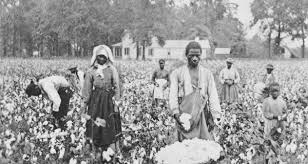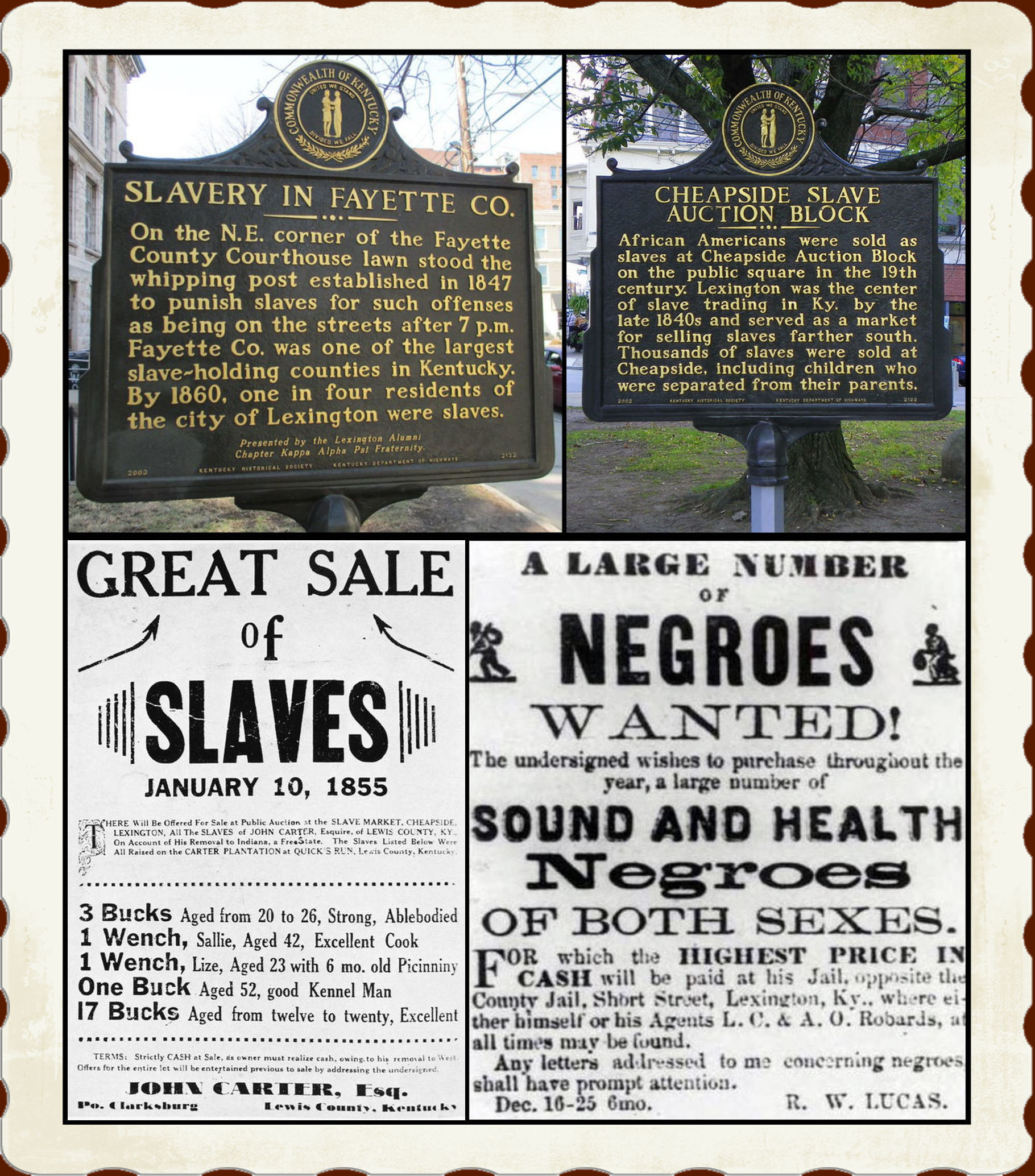
BLOCK 20
LOT : 6
ROW : 5
GRAVE # SINGLE

|
Reverand Archibald "Archie" Ward
b. 1844
Lebanon, Wilson County, Tennessee
d. April 23, 1917
Decatur, Macon County, Illinois
buried: April 26, 1917

|

FATHER
unknown slave
()

MOTHER
unknown slave
()

MARRIED
Annie Barr
(?-1910)
1861-1865
Tennessee
Cornelia (nee-?) Hollinger
()
1912
Decatur, Macon County, Illinois
|

CHILDREN
with Annie
NONE
with Cornelia
NONE
|
|

NOTE:
Archibald "Archie" Ward,
served in the
CIVIL WAR
servant to a Confederate soldier
|
NOTE:
Archibald "Archie" Ward,
fought in the
CIVIL WAR
US ARMY - COOK
|
|
BORN IN TO SLAVERY

Descent-based slavery describes a situation where people are born into slavery
because their ancestors were captured into slavery and their families have 'belonged' to the
slave-owning families ever since. Slave status is passed down the maternal line.
About 600,000 slaves were transported to America, or 5% of the 12 million slaves taken from
Africa. About 310,000 of these persons were imported into the Thirteen Colonies before 1776:
40% directly and the rest from the Caribbean. Slaves transported to America: 1620–1700.....21,000.
Weekly food rations -- usually corn meal, lard, some meat, molasses, peas, greens, and flour --
were distributed every Saturday. Vegetable patches or gardens, if permitted by the owner,
supplied fresh produce to add to the rations. Morning meals were prepared and consumed at
daybreak in the slaves' cabins.
Some say that children were forced to perform field labor duties as young as the age of six. It
is argued that in some areas children were put to "regular work in the antebellum South" and it
"was a time when slaves began to learn work routines, but also work discipline and related
punishment".
Slaves were punished by whipping, shackling, hanging, beating, burning, mutilation, branding,
rape, and imprisonment. Punishment was often meted out in response to disobedience or perceived
infractions, but sometimes abuse was performed to re-assert the dominance of the master
(or overseer) over the slave.

In some African-American communities, marrying couples will end their ceremony by jumping over a
broomstick, either together or separately. This practice is well attested for as a marriage
ceremony for slaves in the Southern United States in the 1840s and 1850s who were often not
permitted to wed legally.
President Abraham Lincoln signed the District of Columbia Emancipation Act on April 16, 1862,
freeing the district’s 3,100 slaves. The legislation was hint of slavery’s coming death in the
United States — only 8 1/2 months later Lincoln issued his Emancipation Proclamation. The United
States of America abolished slavery in 1865 with the 13th Amendment to the U.S. Constitution.
At the close of the Civil War, 4 million people in the United States were slaves. More than one
million were children under the age of sixteen. When slavery was finally abolished on January 31,
1865, the system had endured for about 235 years. Over that period of time, millions of children,
taken away from Africa or born in America, had been forced to live under a barbaric system.
The children who grew up in slavery were denied the most basic human rights, such as freedom,
safety, protection from degrading and cruel treatment, compensation for work done, education,
equality and the right to freely move around. They worked for no pay and were property that could
be bought, sold, maimed or killed. In the eyes of their families, however, they were children
like any others, who needed love, protection, happiness, and education. But the enslaved parents
had no say in their children´s fate. All they could do was give them as much physical and
moral comfort as possible, and provide them with skills to help them survive.
SLAVERY IN FAYETTE COUNTY, KENTUCKY
 For decades before the Civil War, Lexington was the center of
the slave trade in Kentucky. Located in the heart of the Bluegrass Region, one of the most
heavily enslaved portions of the state, Lexington’s Cheapside slave auction block served both
local and regional markets. The African Americans who were offered for auction faced frightening
uncertainty. They were virtually powerless to influence whether their sale took them across the
county, to the other end of the state, or “down the river” to the cotton-producing states farther
south.”
Slave auctions were often cataclysmic events for the men, women and children who were sold. Sales
could shatter families and rip an individual away from the lives and communities they knew. No
enslaved person was immune from the possibility of sale and the auction block at Cheapside was the
spot where this fear became a reality for thousands of Kentuckians.
For decades before the Civil War, Lexington was the center of
the slave trade in Kentucky. Located in the heart of the Bluegrass Region, one of the most
heavily enslaved portions of the state, Lexington’s Cheapside slave auction block served both
local and regional markets. The African Americans who were offered for auction faced frightening
uncertainty. They were virtually powerless to influence whether their sale took them across the
county, to the other end of the state, or “down the river” to the cotton-producing states farther
south.”
Slave auctions were often cataclysmic events for the men, women and children who were sold. Sales
could shatter families and rip an individual away from the lives and communities they knew. No
enslaved person was immune from the possibility of sale and the auction block at Cheapside was the
spot where this fear became a reality for thousands of Kentuckians.
 Slave sales resulted from a variety of circumstances. In some cases, the sales occurred by order of
the Fayette Circuit Court to settle their enslavers’ outstanding debts. In other instances, sales
followed the death of their enslaver, if the enslaved were not willed directly to their next owner.
Many sales occurred simply because one or more black Kentuckians were deemed “surplus” to the labor
requirements of a particular farm or commercial enterprises. Slave sales were a common, every day,
aspect of life in Lexington during the antebellum years, yet their frequency should not obscure the
magnitude of each event for the enslaved people touched by it.
Specialists in the Kentucky slave trade often located their operations near the Cheapside auction
block. These included the pens and “jails” where slave traders held the enslaved before they were
sold at the monthly court day or transported to markets in the Deep South. Slave traders operating
from Lexington, such as Silas Marshall, William Talbott and Lewis Robards, formed extensive
connections with dealers in New Orleans, Memphis, and Natchez. Their firms connected the white
Bluegrass enslavers, and the “surplus” men, women and children they held in bondage, with the
rapacious appetite for slave labor in the cotton states to the south.
The opposite side of the marker addresses the experience of slavery in Fayette County more generally.
It notes the nearby site of a whipping post established in 1847 to punish the black Kentuckians,
both enslaved and free, often for trivial offenses such as being on the streets after 7 pm. This
whipping post, located at the site of governmental authority, reinforced the institution of slavery
in the Bluegrass in combination with the nearby Cheapside slave auction block. Backed legally and
symbolically by the power of the state, the duel threats of whipping and sale helped sustain slavery
in Fayette County.
Slave sales resulted from a variety of circumstances. In some cases, the sales occurred by order of
the Fayette Circuit Court to settle their enslavers’ outstanding debts. In other instances, sales
followed the death of their enslaver, if the enslaved were not willed directly to their next owner.
Many sales occurred simply because one or more black Kentuckians were deemed “surplus” to the labor
requirements of a particular farm or commercial enterprises. Slave sales were a common, every day,
aspect of life in Lexington during the antebellum years, yet their frequency should not obscure the
magnitude of each event for the enslaved people touched by it.
Specialists in the Kentucky slave trade often located their operations near the Cheapside auction
block. These included the pens and “jails” where slave traders held the enslaved before they were
sold at the monthly court day or transported to markets in the Deep South. Slave traders operating
from Lexington, such as Silas Marshall, William Talbott and Lewis Robards, formed extensive
connections with dealers in New Orleans, Memphis, and Natchez. Their firms connected the white
Bluegrass enslavers, and the “surplus” men, women and children they held in bondage, with the
rapacious appetite for slave labor in the cotton states to the south.
The opposite side of the marker addresses the experience of slavery in Fayette County more generally.
It notes the nearby site of a whipping post established in 1847 to punish the black Kentuckians,
both enslaved and free, often for trivial offenses such as being on the streets after 7 pm. This
whipping post, located at the site of governmental authority, reinforced the institution of slavery
in the Bluegrass in combination with the nearby Cheapside slave auction block. Backed legally and
symbolically by the power of the state, the duel threats of whipping and sale helped sustain slavery
in Fayette County.

The Decatur Herald - (Decatur, Illinois) - 28 OCT 1979 * page 50
|

The Decatur Herald
(Decatur, Illinois)
24 APR 1917 * page 3
|
THE FUNERAL OF REV. ARCHIE WARD WAS HELD THURSDAY AFTERNOON.
SERVICES WERE CONDUCTED AT 2 OCLOCK BY THE MEMBERS OF ST. MARYS
CHAPTER O. E. S. AT THE RESIDENCE, 115 S CHURCH STREET AND
SERVICES WERE CONDUCTED AT THE ANTIOCH BAPTIST CHURCH AT 230
UNDER THE AUSPICES OF THE COLORED MASONIC FRATERNITY. THE
CHURCH WAS FILLED TO OVERFLOWING AND MANY BEAUTIFUL FLORAL
TRIBUTES WERE SENT. THE SERVICES WERE CONDUCTED BY REV. T. A.
CROCKETT, ASSISTED BY REV. A. T.JACKSON AND BY S. T. CLANTON OF
CHAMPAIGN. THE MUSIC WAS FURNISHED BY THE REGULAR CHOIR OF THE
CHURCH. THE FLOWERS WERE IN CHARGE OF MISS PEARL AMMONA, MISS
CARRIE TURNER, MISS MAY MOORE AND MISS ELLAN WALTERS. THE
PALLBEARERS WERE SHAD KEMP,THOMAS MILLER,ROBERT ROGAN, RICHARD
WOODFORD, HENRY STRINGER AND CURTIS L. MOORE. THE INTERMENT WAS
IN GREENWOOD WHERE THE RITUALISTIC EXERCISES OF DECATUR COLORED
MASONIC LODGE NO17 WERE CONDUCTED. LOGAN COMMANDER,NO21 K. T.
ACTED AS AN ESCORT.
The Decatur Daily Review - (Decatur, Illinois) - 27 APR 1917 |
|
| |